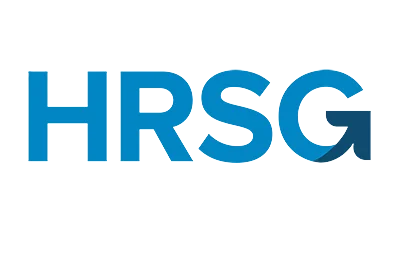What is Recruitment?
Recruitment is finding, selecting, employing, and onboarding qualified job candidates. It is the most essential aspect of human resource management (HRM). The entire process must be managed by skilled HR managers. A company’s recruitment and selection strategies increase its attractiveness to prospective employees.
Workforce trends are constantly shifting. Workers’ requirements, that is, their behaviors, wants, and needs, have also evolved. Traditional business practices cannot be applied to today’s workforce.
Companies must understand these changes and effectively adjust their recruitment strategies. Finding the right fit for a job is the most complex and critical part of any selection process.
The following are some hiring strategies that businesses should consider:
Culture Fit
When a company has a job opening, it usually considers the skills a potential employee must have for that position. Identifying the organization’s values, communicating them in job postings, and evaluating them when hiring, on the other hand, are all equally important.
These can be assessed through online personality tests prior to an interview or during the interview process, in which a prospective candidate is asked about his or her work ethic, personality, and characteristics. They can then be matched to the values of the company.
Attractive Job Posting
Regarding the required skill set, many job openings in the labor market are similar to those you need. Because of the accessibility, candidates have a large number of postings to choose from.
The company must therefore make their job posting appealing by mentioning the benefits of working for them and the skills they require. The candidate must understand why working for your company is preferable to working for another.
Businesses today use applicant-tracking systems to organize, collect, and filter job applications. This software is designed to help and improve the recruitment process. Several applications are sorted and filtered following the company’s criteria, saving valuable time and labor with a single click. Those applicants who do not meet the job requirements are sent an automated generic response, and the employer can then focus on those applicants who do.
Interview Procedure
The interview should be thorough and assess the candidate’s capabilities so that the interviewer knows whether the candidate is a good fit for the organization by the end. The questions should be well thought out and capable of assessing the employees’ goals, skills, and behaviors.
The interview can be conducted via video conferencing with a candidate in a different city than the organization. This is a good way to reach a larger pool of prospective employees who may be a better fit but need help to travel for an interview.
The entire process should be a two-way communication in which the employer provides information about the company while questioning the employee. The candidate should know the opportunities available while working for the aforementioned organization.
In addition, they must leave the interview with a clear understanding of the company to know if they will work here.
Digital Platforms
Job postings on digital or social media platforms enable a company to reach a larger audience. Candidates who had not previously applied may be enticed by the perks, higher pay, and other opportunities that the company provides that their previous employer did not.
Online marketing will draw attention to the job opening and bridge the gap between the employer and the employee.
Company Reviews
Prospective employees can look for information and reviews from previous employees of the organization to which they want to apply. The shared experiences will allow the applicant to learn about the company’s culture, working hours, workload, increments, and overtime pay.
Positive feedback from a company will encourage more people to apply, and the company may be able to find the best suitable match during this process
Is Recruitment Easier Now?
There is no simple answer to this question. Although recruiters receive more talented applicants from all over the world, the process has become more competitive.
While selecting the best-suited candidate, companies must also demonstrate their value to the prospective employee, i.e., why the employee would be better off working with the future organization rather than their current one.
As a result, when the right person is hired, he or she becomes an asset to the company, benefiting both the selector and the selected.






